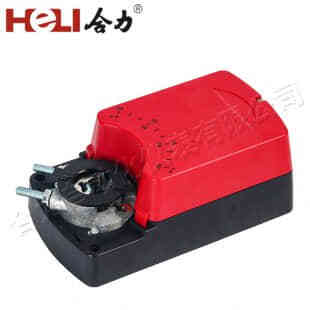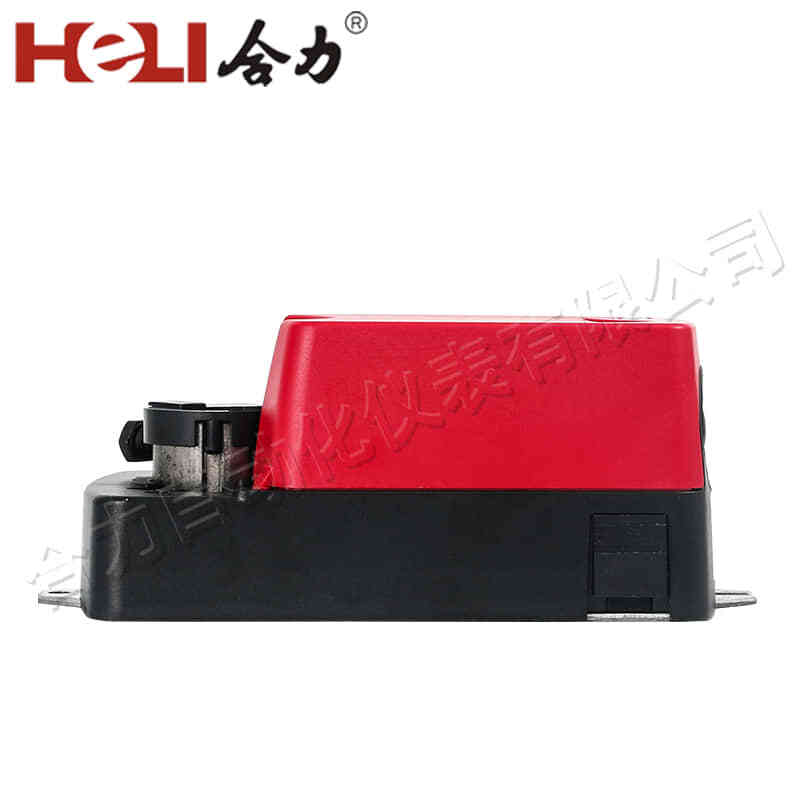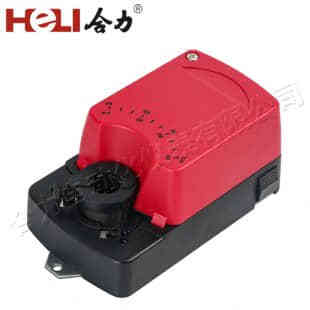Damper actuators are key components in modern heating, ventilation, and air conditioning (HVAC) systems. These devices play a crucial role in regulating airflow, maintaining optimal indoor conditions, and improving energy efficiency. Understanding the purpose, functionality, and different types of damper actuators can help HVAC professionals and engineers design more effective systems and ensure long-term performance. In this article, we will explore what damper actuators are, how they work, and why they are vital for modern HVAC applications.

What is a Damper Actuator?

A damper actuator is a mechanical device used to control the movement of a damper, which is typically a metal plate or shutter installed within air ducts. Dampers are responsible for regulating the flow of air through ventilation systems by opening, closing, or adjusting to various positions. The damper actuator is the mechanism that physically moves the damper, usually through either an electric, pneumatic, or hydraulic force. By adjusting the position of the damper, the actuator helps control airflow, temperature, humidity, and overall air quality within a building. Types of Damper Actuators
